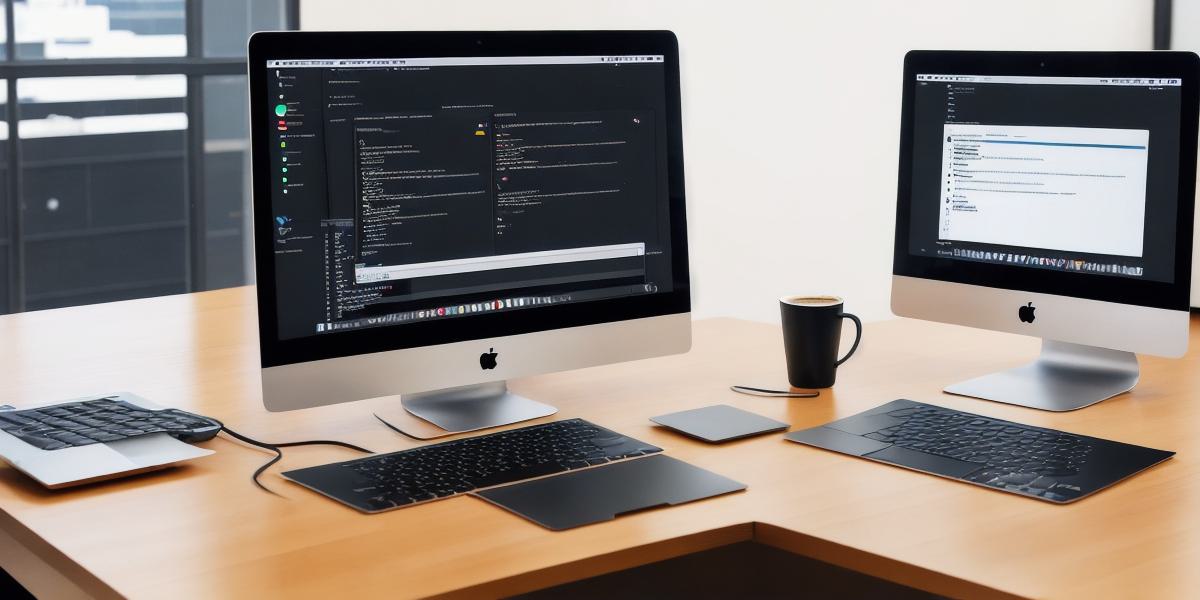Introduction
Hello web developers, in today’s guide we will explore how to develop captivating Unity games using your MacBook Air M1. Unity is a powerful game engine that offers versatility and ease of use, making it an excellent choice for web developers looking to expand their skillset or create engaging games.

Setting Up Your Development Environment
Before diving into development, ensure you have the necessary tools installed:
- MacBook Air M1: Unity is compatible with Apple Silicon chips, so your MacBook Air M1 is a great choice.
- Unity Hub: This application manages all versions of Unity and simplifies project creation. Install it from the official Unity website.
- Xcode: Xcode is required for building standalone games for macOS and iOS devices. Install it from the Mac App Store.
- Visual Studio Code or preferred text editor: Use this for writing scripts in C.
Creating Your First Unity Project
- Launch Unity Hub, sign in with your Unity ID, and click "Installs."
- Download the latest version of Unity, then launch it.
- Click "New" to create a new project, choose a template, and click "Create."
- Name your project, set the location, and select a resolution size.
- Click "Create."
Your project is now ready!
Learning Unity Basics
Unity’s interface may appear intimidating initially, but fear not!
Familiarize yourself with these areas:
- Scene View: Modify your game environment and place objects.
- Game View: Preview your game in action.
- Hierarchy Window: Manage all your objects within the scene.
- Inspector Window: Edit individual object properties.
- Project Window: Access all files, assets, scripts, etc.
Scripting in Unity
Unity uses C for scripting. Familiarize yourself with this programming language, then create new scripts by:
- Right-clicking in the Project window, then "Create > C Script."
- Double-click the newly created script to open it in Visual Studio Code or your preferred text editor.
- Write your code and save the file.
- Attach the script to an object by dragging and dropping it onto the object in the Hierarchy window.
Building Your Game for macOS

- In the Unity Editor, click "File > Build Settings."
- Configure your build settings for macOS, then click "Player Settings" to modify build settings specific to your game.
- Click "Build" and choose a location to save the built application.
- Open Xcode and import the project, then build it for distribution.
Summary
Developing Unity games on your MacBook Air M1 is an exciting journey!
With this comprehensive guide, you now have the knowledge to create engaging games using Unity’s powerful tools. Don’t hesitate to experiment and explore the vast resources available online for further learning.
